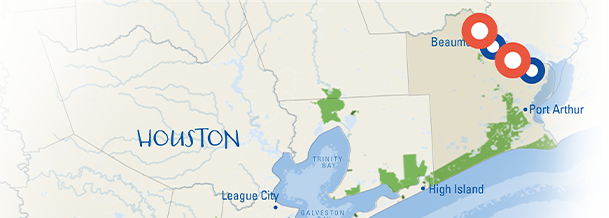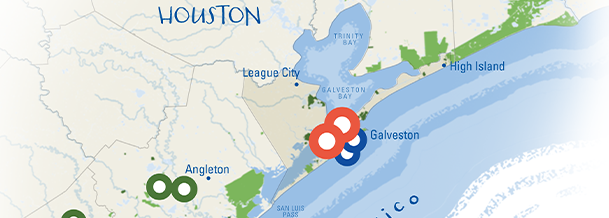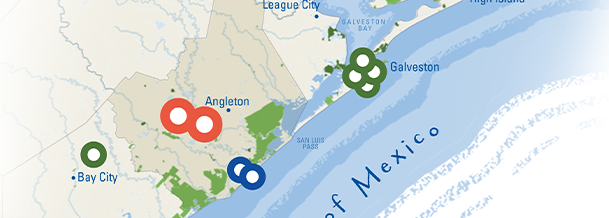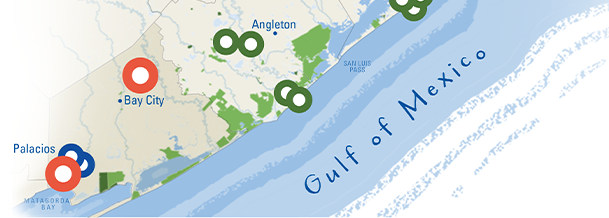The Upper Texas Gulf Coast is a rich mix of cultures that together make up the indomitable Texas spirit. If you’re only expecting cowboys and BBQ, the diversity of backgrounds, abundant seafood, expansive natural areas, and musical sounds might surprise you. From the indigenous Karankawa, to the Spanish, French, Mexican, Anglo-Americans, Europeans, formerly enslaved African Americans, and—more
recently—the Cajuns and Vietnamese, people have come to this region and worked to stake their claim here. Today you’ll find these communities continuing to grow and shape Texas culture. If you’d like to get a full sense of the spirit of Texas, let the Upper Texas Gulf Coast surprise you.
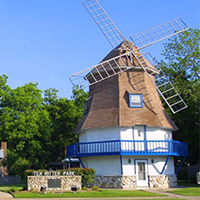
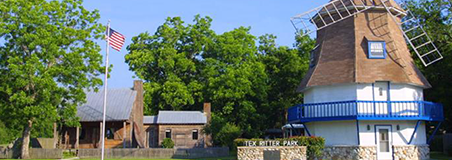
As you look at these two museums that sit side by side, picture a Cajun accordion player leading a jam session on the front porch of La Maison in the early 1900’s. Across the way, their Dutch neighbors would have been enjoying polka and games of pinochle. Today, you can visit both museums to learn how these two cultures helped shape the Upper Texas Gulf Coast, together.


Visit the gallery of Felix "Fox" Harris, a Black artist whose mission was to create “something out of nothing.” Street signs, old toys, car parts, spoons and pie plates have been transformed into sculptures that showcase the Texas spirit of reinvention. AMSET is one of the earliest museums in the United States to collect artwork by contemporary self-taught artists, and features American and Mexican fine and folk art.
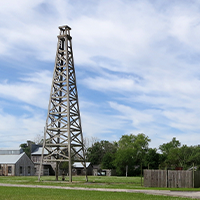
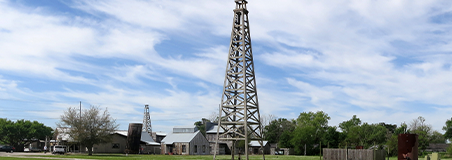

When the Spindletop oil gusher blew in 1901, people poured in from around the country to work the new industry. Gladys City became a bustling boomtown, filled with Cajun, African American, and East Texan migrants. What was it like to live in Texas then? Visit this replica oil town and find out!
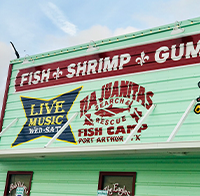
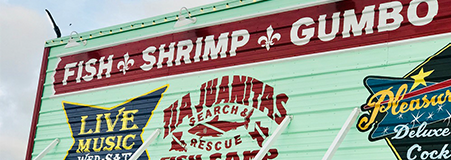
Come eat your way through a wide range of Cajun and Creole inspired cuisines, and maybe even catch some live music or dancing along the way!
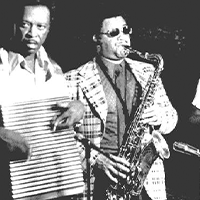

You may know the sound of a Zydeco beat, but did you know that the first washboard designed exclusively as an instrument—and considered the only musical instrument to wholly originate in the US—was made in Port Arthur? Zydeco king, Clifton Chenier, and a fellow oil refinery worker designed and built what today is called the frottoir.
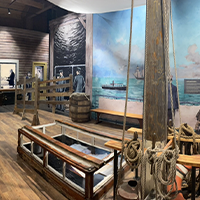
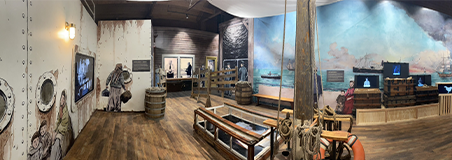
As you journey across the region you’ll run across a Czech kolache shop, a German Catholic church, a Jewish synagogue, and Italian, Greek, and Dutch restaurants—all examples of European immigration. For many of these immigrants, Galveston—not Ellis Island—was their first port of entry. Visit the “Ship to Shore” exhibit and meet realistic videos of characters based on documented personal stories of those who made the journey.
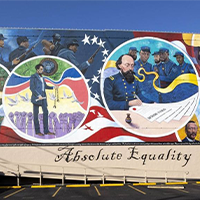
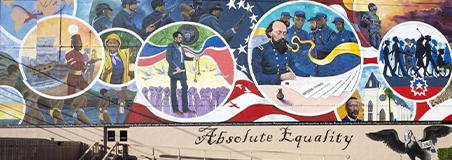
This center has tapped into the power of the visual arts as a way to explore and experience the African American story. More than fifty works by regional Black artists are on display in the Center’s gallery, depicting significant historical moments and quintessential aspects of the Black experience. Outside, the Absolute Equality mural tells the story of Juneteenth, one of America’s most influential and essential stories.
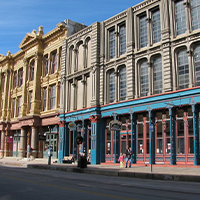
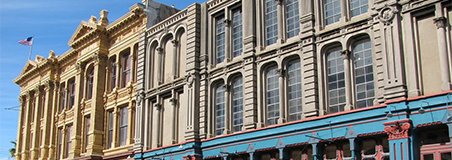

Back when Galveston was the Wall Street of the South and one of the wealthiest cities per capita in the world, the Strand’s Victorian buildings housed steamship agencies, auction houses, cigar dealers, five banks, and eight newspapers. Today the Strand is the cultural heart of Galveston. Spend the afternoon exploring its architecture, boutiques, art galleries, and confectionaries.
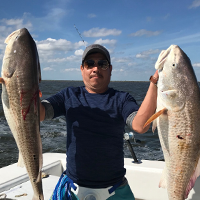
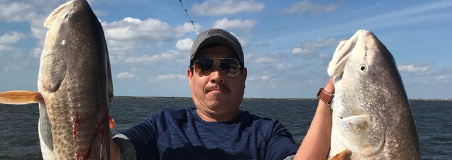
Come taste how cultures mix traditional fare with locally-available seafood and an island flair!
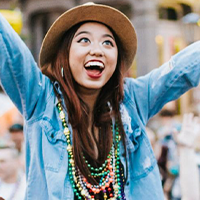
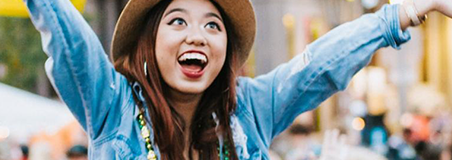
There’s always something to celebrate in Galveston County, from the Zydeco festival in Kemah to the Teddy Bear Parade in League City. Come down for Feather Fest, Oktoberfest, or the Greek festival… and, of course, Mardi Gras!
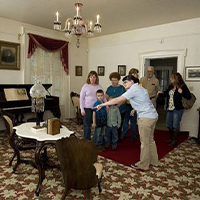
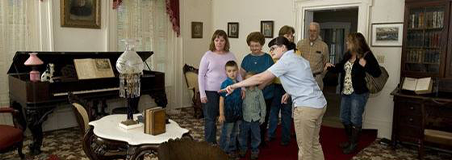
Long before the petrochemical plants were built, this was plantation country. Plantations like this one were run by well-off Anglo-American migrants and powered by enslaved labor. This plantation furthered its historical legacy when it was purchased by Governor of Texas, Jim Hogg. See the beautiful home decor and furnishings of the time and learn about the lives of both free and enslaved people who lived on and worked this land.
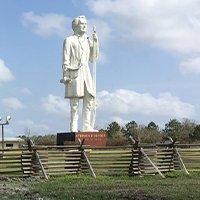
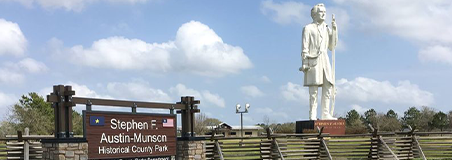
You’ll spot the larger than life Stephen F. Austin statue before you even arrive at the park entrance! The monument, locally-run museum, and pond in the shape of the Lone Star State are all tributes to a spirit older than “Texan”. Here people trace their cultural lineage back to the original term used by Anglo-American settlers, “Texian”. Come find out about the Texian spirit and culture that powered the formation of the Texas Republic.
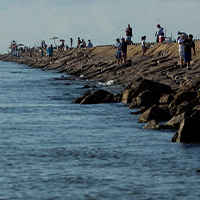
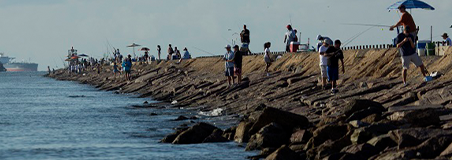

Here you can catch the fascinating contrast that is daily life in Brazoria County. Families come out for a picnic and watch huge tankers go in and out of the Intracoastal canal. Kids splash in the surf in one direction, while petrochemical plants glitter along the horizon in the other. Come walk along the pier and take in the unique sites and sounds of Surfside.
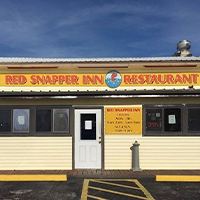

Award-winning Texas BBQ, locally-caught seafood, or Italian comfort food. How will you ever choose?
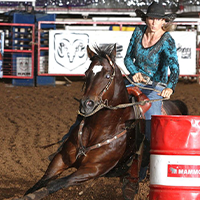
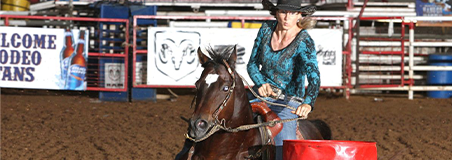
Don your boots and cowboy hat and head to the County Fair for a Texas-sized good time. There will be music, dancing, fair food, and, of course, the rodeo! The fair happens every year in October.
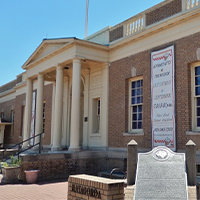
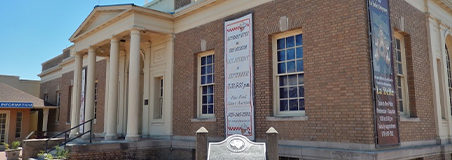
Learn about the European exploration and habitation of Texas at this local museum. Find out about the excavation of the French explorer’s ship, the La Belle, and about the area’s early plantations. Kids will love the hands-on historical town where they can shop at the grocery store, have a shave at the barber’s, or mail a letter at the local post office.
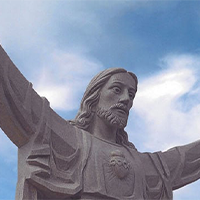
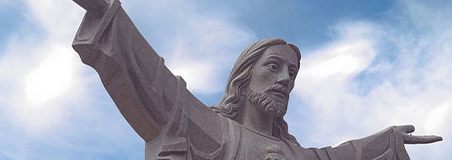
Fishing, shrimping, boating, and the sea—it is all part of life here. Head down to the waterfront to watch the birds, dolphins, and sometimes catch sight of the slow, lumbering shrimp boats bringing in a catch of Texas seafood. Across the water, see the Fisherman’s memorial, dedicated to fishermen lost at sea.
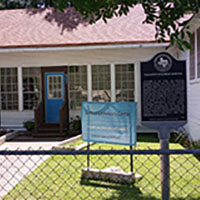
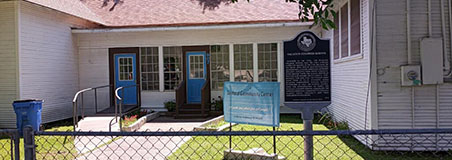

This building has been a cornerstone of life for African Americans in Palacios since it was first built in 1929. It began as the Palacios Colored School, and when schools integrated it was a daycare. It has now been restored and serves as a local community center. Get a glimpse into this site’s storied past via historic photographs displayed here.
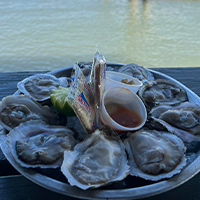
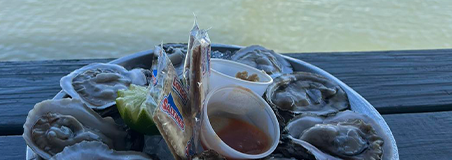
Eat where the locals eat! Try Vietnamese, Mexican, seafood or steak to get a taste of Matagorda.
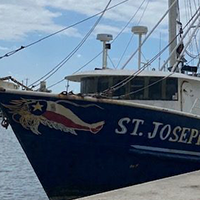
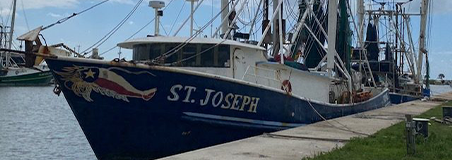
Is the flag up at the Marina? If so, head straight there to snag a few pounds of just-in, freshly-caught shrimp!





